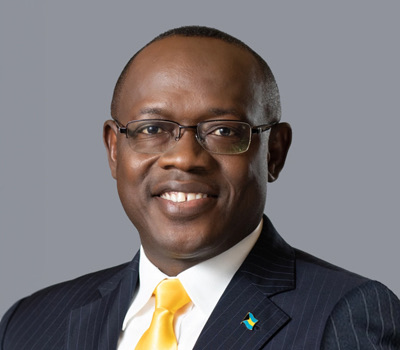
Why We Exist
The Department of Aviation was created in the Ministry of Tourism’s organizational structure to provide oversight to all the government entities involved in the aviation sector, to adjudicate and resolve issues that develop between these entities, to provide a depository for all matters relating to the aviation sector and, most importantly, to provide the necessary focus to the government’s goals in this critically important sector.
Key Leadership

The Hon. I. Chester Cooper
Deputy Prime Minister
Minister of Tourism, Investments & Aviation

The Hon. Basil McIntosh
Minister of State for Aviation
Ministry of Tourism, Investments & Aviation

Dr. Kenneth Romer
Director of Aviation
Deputy Director General of Tourism
Ministry of Tourism, Investments & Aviation
Our A-Team
Technical Team
Milo Butler III
Dudley Pratt
Carl Fowler
Pheron Moss
Executive Office – Administration, Brand Management and Legal
Bridgette Outten
DeMarco Smith
Tarea Sturrup
Shervonne Hepburn
Elkera Cooper
Chardia Lightbourne
The Department of Aviation (DOA) was created to provide oversight to all government entities involved in the aviation sector, to adjudicate and resolve issues that develop between these entities, to provide a depository for all matters relating to the aviation sector, and to provide the necessary focus to the government’s goals in aviation.
The DOA is a part of the Ministry of Tourism, Investments and Aviation.
The following stakeholders fall under the Aviation umbrella:
- Air Accident Authority (AAIA)
- Airport Authority (AA)
- Bahamasair
- Bahamas Air Navigation Services Authority (BANSA)
- Bimini Airport Development Partners
- Civil Aviation Authority Bahamas (CAAB)
- Freeport Airport Development Company (FAD)
- Nassau Airport Development Company (NAD)
- Nassau Flight Services (NFS)
